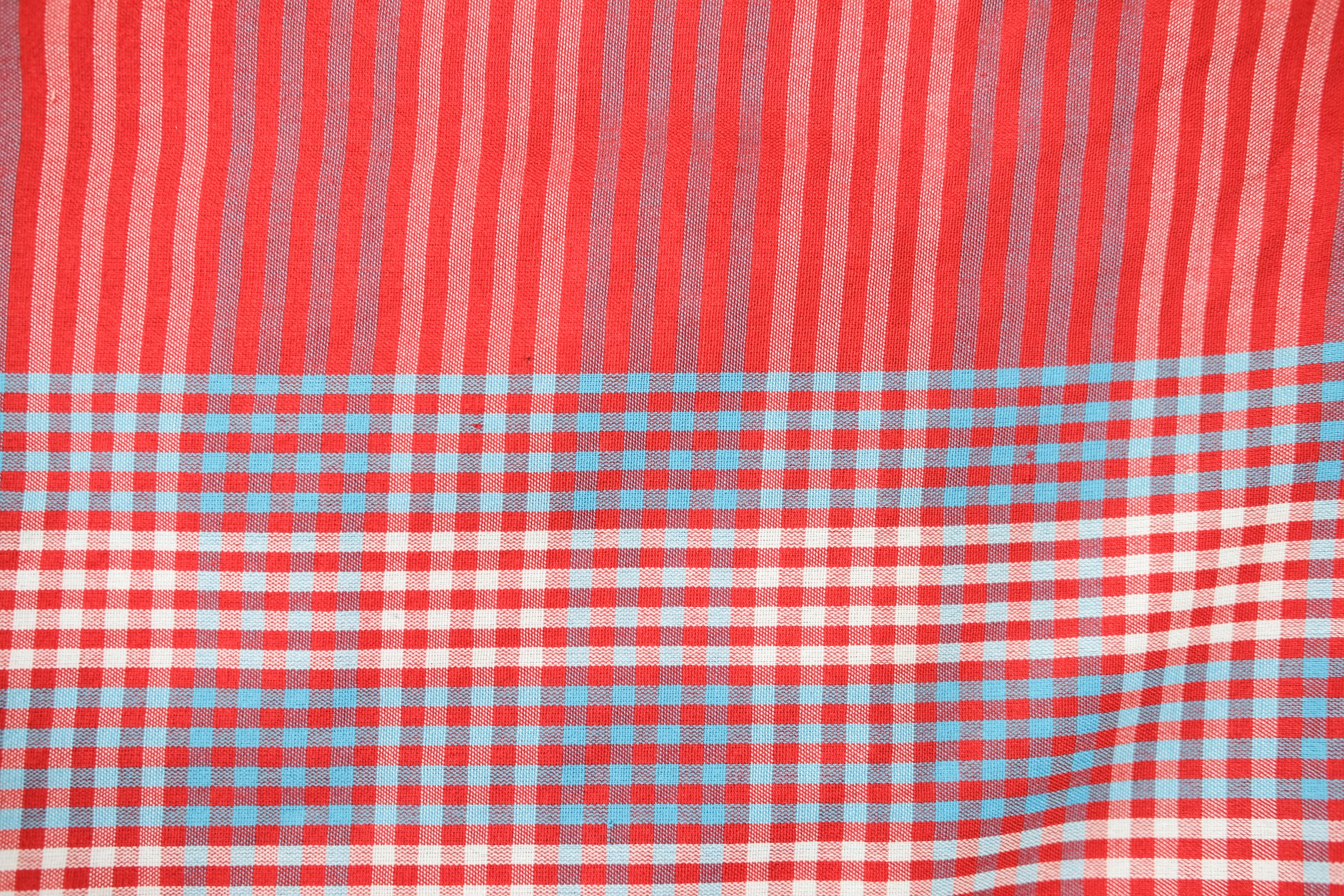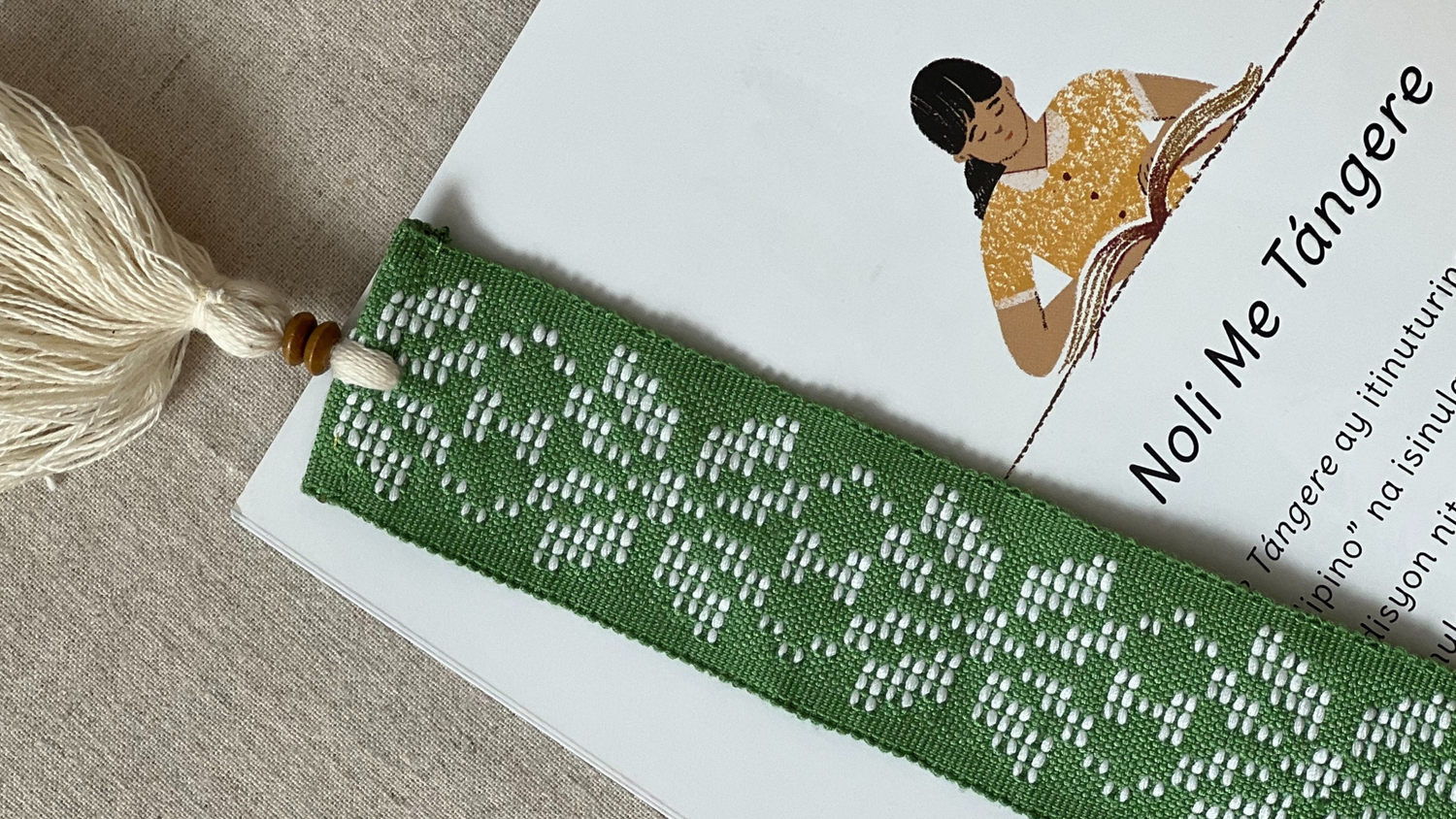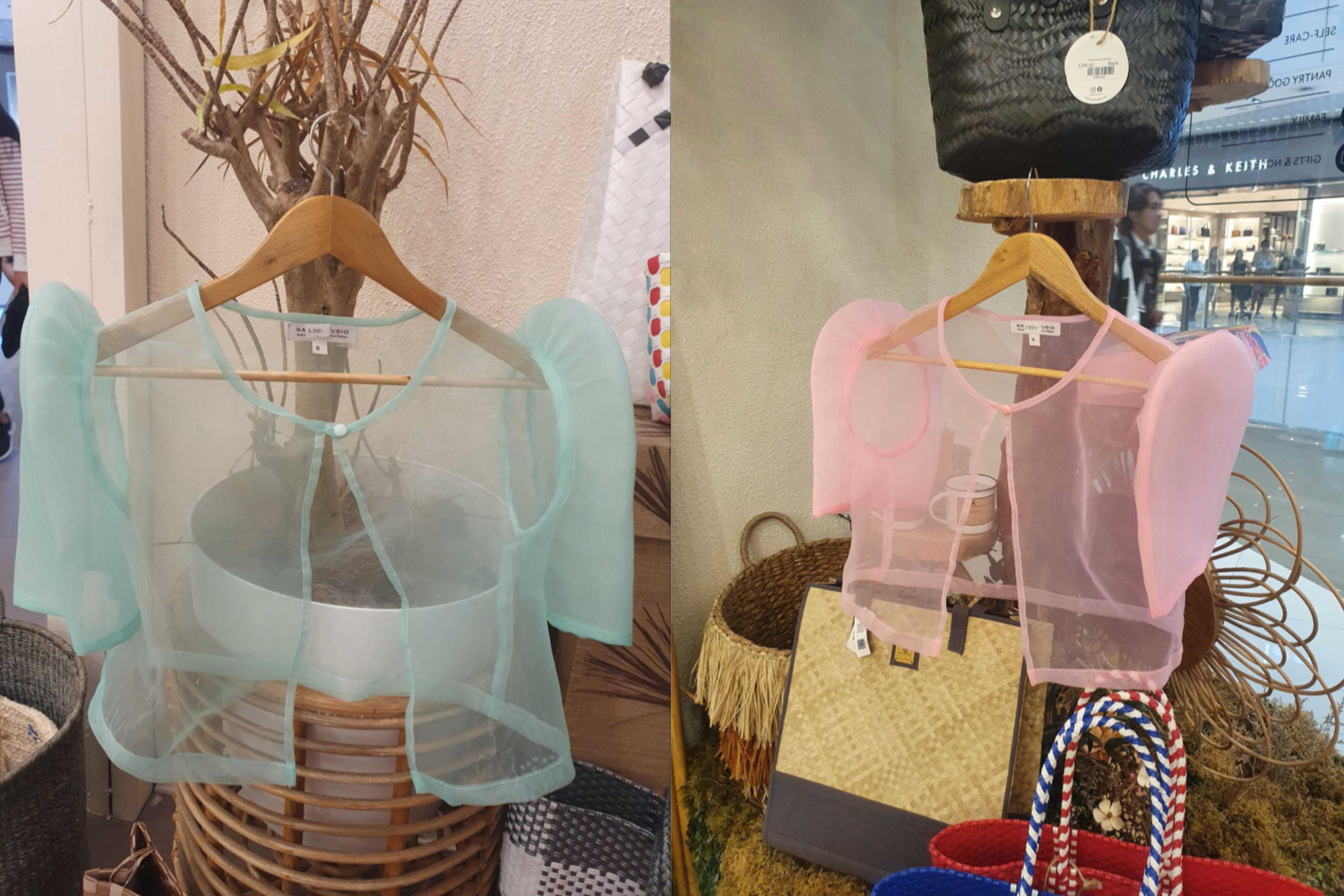By Chesca Santiago
The balanced simplicity of the Visayan patadyong is as steadfast as the cloth's illustrious role in Visayan history and daily life. The patadyong is a textile woven most prominently in the provinces of Antique and Iloilo both in the island of Panay. Its name is derived from the Visayan words “pa” and “tadlong,” literally meaning “to be left straight,” alluding perhaps to its silhouette as a skirt that is narrow and straight with no pleats. Patterns of stripes and plaids tread the surface of this hardy cloth typically rendered in bright colors of reds, yellows, blues, and greens. The cloth speaks as if with modest restraint, bearing plainness in pattern yet loudness in color and function. Usually woven from cotton, it is long and wide, often reaching the ankles of its wearer and spanning about a meter and a half in width. Weaving a patadyong cloth involves interlacing different colors of thread, locally called bunang, through a wooden loom known as tiral.

The apparent simplicity of the patadyong had been the subject of frequent ruminations. Some claim that the flatness signifies horizontality of the terrain, especially of Iloilo, while the geometry of the plaids are renditions of the angular division of lowland agricultural plains. The checkered patterns are also said to resemble the grids of nets and baskets staples to an island as heavily involved in fisheries as Panay. While it is perhaps impossible to ascertain the exact origins of the patterns, the centrality of the patadyong to Visayan life and history remains uncontested, never denied by its profound uses enduring until today.
 Performers of itik-itik clad in patadyong-patterned fabric.
Performers of itik-itik clad in patadyong-patterned fabric.
NCCA Official. https://flic.kr/p/t9XNud
Traditional patadyong is tubular, worn by placing yourself into the cloth and securing it under the arms as you tie it by your chest. It may be knotted at one shoulder, but the neck and shoulders still remain bare. Women commonly wear the patadyong as a comfortable, everyday skirt paired with a kimona, at times covering their bodies when bathing or doing the laundry at the waters. However, the patadyong intersects with Visayan life in more ways than one. More than a reliable piece of clothing, it is also an umbrella that offers protection against the rain and sun, a rope to tie objects with, a basket to carry harvest, and a hammock or sling to carry a baby. The absorbent quality of cotton also made the patadyong perfect towels and aprons alongside other household uses like curtains, table covers, wall decors, and mats.

Women earlier from the Philippines wearing patadyong.
NCCA Official. https://flic.kr/p/u6EeJ3
Hence, although the reds and yellows of the Visayan patadyong already seem bright on their own, an even richer vibrance lies in the color they lend to the identity of the Visayans. History recounts that the patadyong had been woven even before the Spanish came. Colonizers arrived on the island to an already prolific weaving industry, with Iloilo producing and trading massive quantities of textile to other parts of the Philippines and more. By the 19th century, weaving already commanded a great portion of the Iloilo economy. Fabric exports amounted to $400,000 in 1854, hailing Iloilo the “textile capital” of the Philippines.
Today, the traditionial patadyong may not occupy as much eminence in the Visayas as it did centuries back; demand for the fabric dwindled by the end of the 19th century when cheaper foreign textiles came and former weavers shifted to the more lucrative sugar industry. However, the patadyong’s promise of unwavering service remains as more and more Visayans have been taking on the loom once more. In the town of Bugasong in Antique, the Bagtason Loom Weavers Association (BLWA) has seen an almost five-fold growth since 2007. From 15 weavers, the tiral and patadyong have been providing livelihood to 72 weavers by 2018. The diligent service of the patadyong similarly persists with the fabric now woven into shawls, handkerchiefs, scarves, and bags among many others to serve Visayas and beyond. Indeed, with vividness that refuses to fade and service that never falters, the Visayan patadyong is here to stay.





